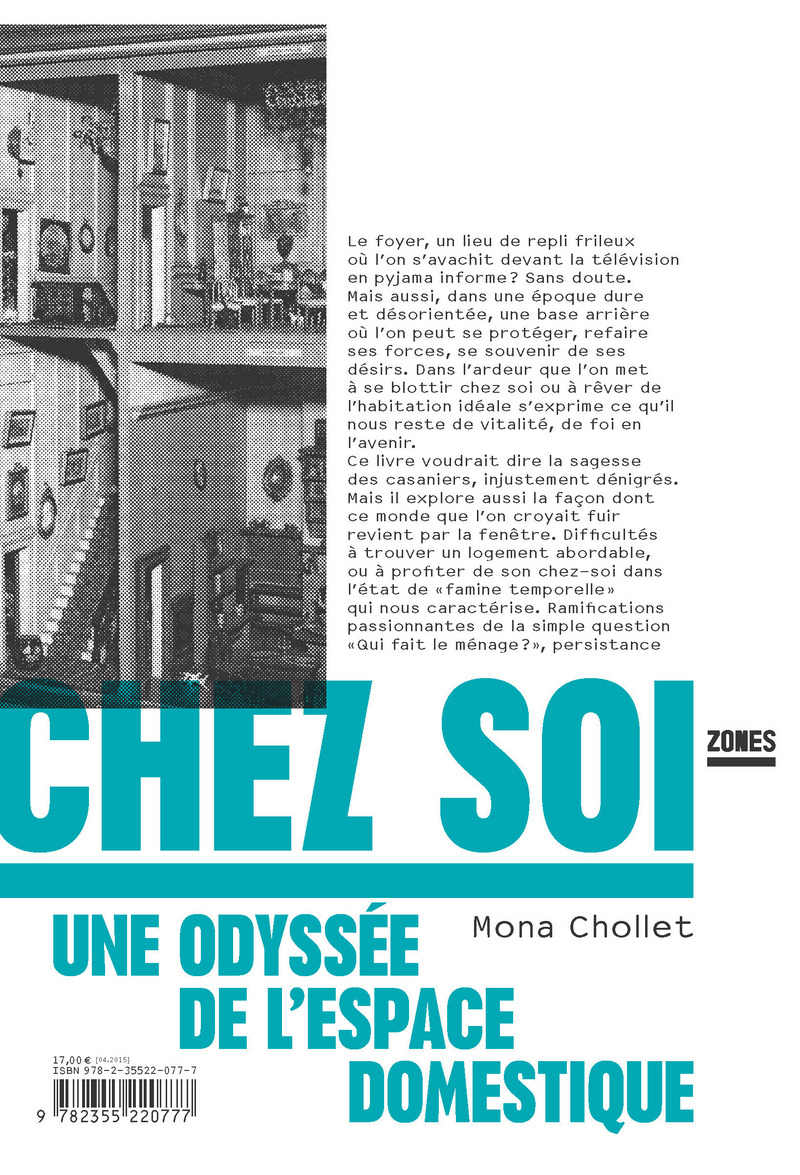Description
This mausoleum, which dates back to 1906, is the oldest one still standing in Luxembourg City. The cemetery plot was transferred to the City in 2002. Many such monuments disappeared in the 1960s and today, only 13 chapels/mausoleums are still maintained by the City. Other than Notre-Dame Cemetery, only the Hollerich cemetery still features a funerary chapel; there are none left in the Fetschenhof cemetery. This type of monument reflects the standard of living of the wealthy bourgeoisie and was often built in a style reminiscent of ancient mausoleums or chapels for aristocrats or clerics.
The Thilges-Lambert family was originally from Rollingergrund, but ultimately settled in Dudelange. Albert Thilges (1852–1906), a notary, began working in Hellange in 1887 before moving his practise to Bettembourg in 1890. He was married to Claire Lambert, who was from Brussels. His son Oscar studied law and sat the notary examination in 1903. He opened his office in Mersch, and then from 1905 to 1913 worked in Dudelange. He was married to Félicie Marthe-Thorn (1878–1951), daughter of the public prosecutor (1899) and future minister of state (1917). His son Marc also studied law. In 1912 he became a founding member of the Automobile Club of Luxembourg and obtained his private pilot licence in 1924. After the death of his first wife, Susanne Acker, he remarried. He and his second wife, Jeanne Broos, had two children, Jacqueline and Robert. He died in 1985.
The monument is topped with a cupola and flanked by four angular torches whose flames point towards the sky. These symbolise everlasting life. Wrought-iron grating frames glass windows through which visitors can glimpse the inside. The floral-patterned stained-glass windows have been preserved. The mausoleum itself features no religious emblems. It is surrounded by a small garden, which is rare. The monument was designed by architect Pierre Funck (1846–1932), and built by the sculptor and memorial mason Hubert Jacquemart (1855–1936). Funck and Jacquemart frequently worked together and created chapels and mausoleums that were exported abroad.
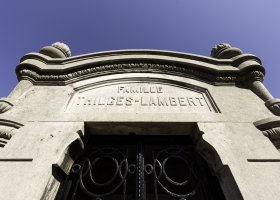
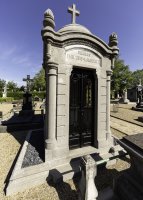
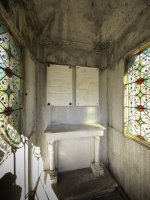



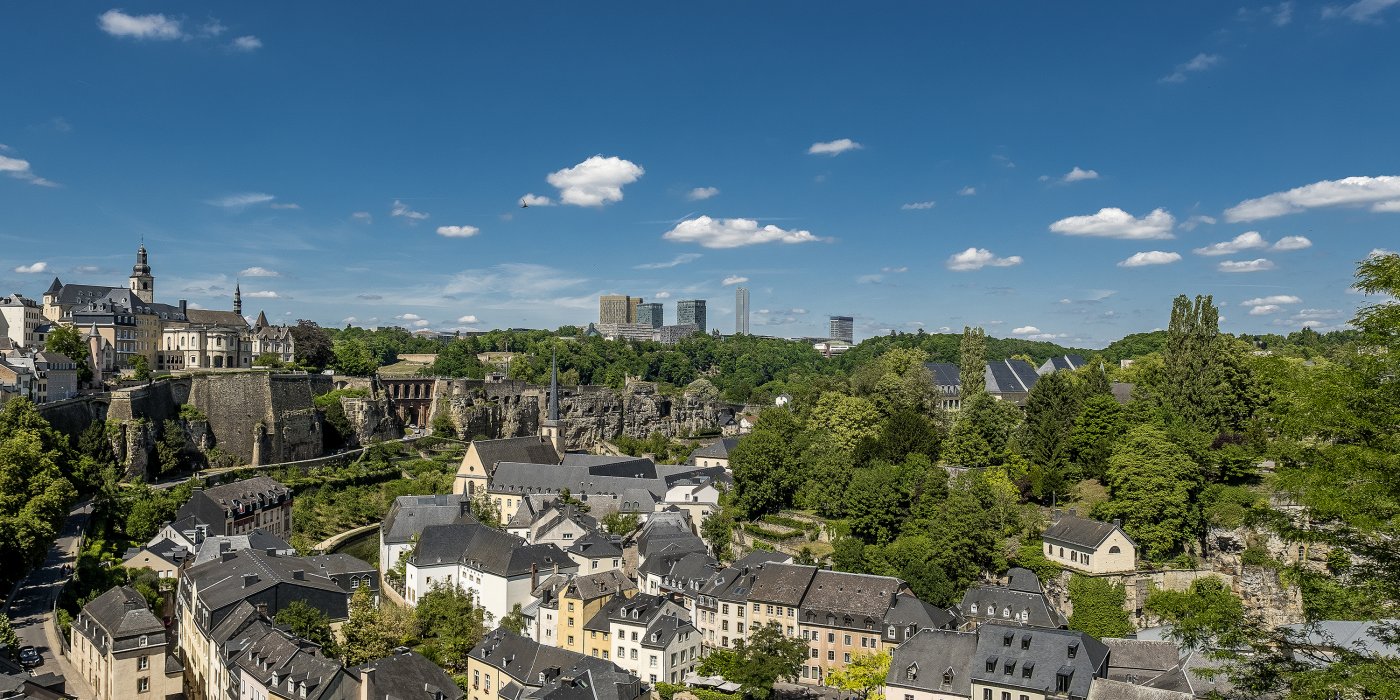












![Image of event Faust – Eine deutsche Volkssage [feat. Murcof] (Live@Cinémathèque)](https://storage.googleapis.com/lu-echo-prod-experiences/wNqoZmove5SG6TRjbN97Kc/faust-eine-deutsche-volkssage-feat-murcof-retrospective-friedrich-wilhelm-murnau-WRGsCI/media_Faust_03_main.jpg)
